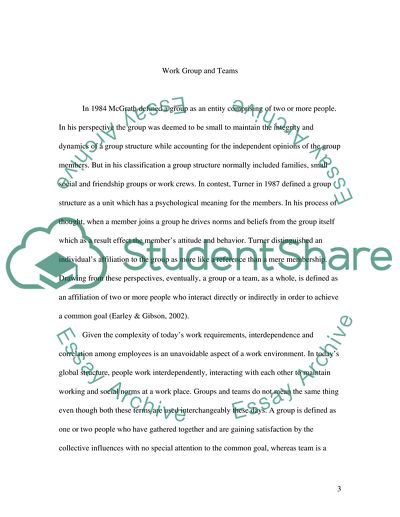Cite this document
(Work Groups and Teams Term Paper Example | Topics and Well Written Essays - 1500 words, n.d.)
Work Groups and Teams Term Paper Example | Topics and Well Written Essays - 1500 words. Retrieved from https://studentshare.org/human-resources/1766706-work-groups-and-teams
Work Groups and Teams Term Paper Example | Topics and Well Written Essays - 1500 words. Retrieved from https://studentshare.org/human-resources/1766706-work-groups-and-teams
(Work Groups and Teams Term Paper Example | Topics and Well Written Essays - 1500 Words)
Work Groups and Teams Term Paper Example | Topics and Well Written Essays - 1500 Words. https://studentshare.org/human-resources/1766706-work-groups-and-teams.
Work Groups and Teams Term Paper Example | Topics and Well Written Essays - 1500 Words. https://studentshare.org/human-resources/1766706-work-groups-and-teams.
“Work Groups and Teams Term Paper Example | Topics and Well Written Essays - 1500 Words”, n.d. https://studentshare.org/human-resources/1766706-work-groups-and-teams.


